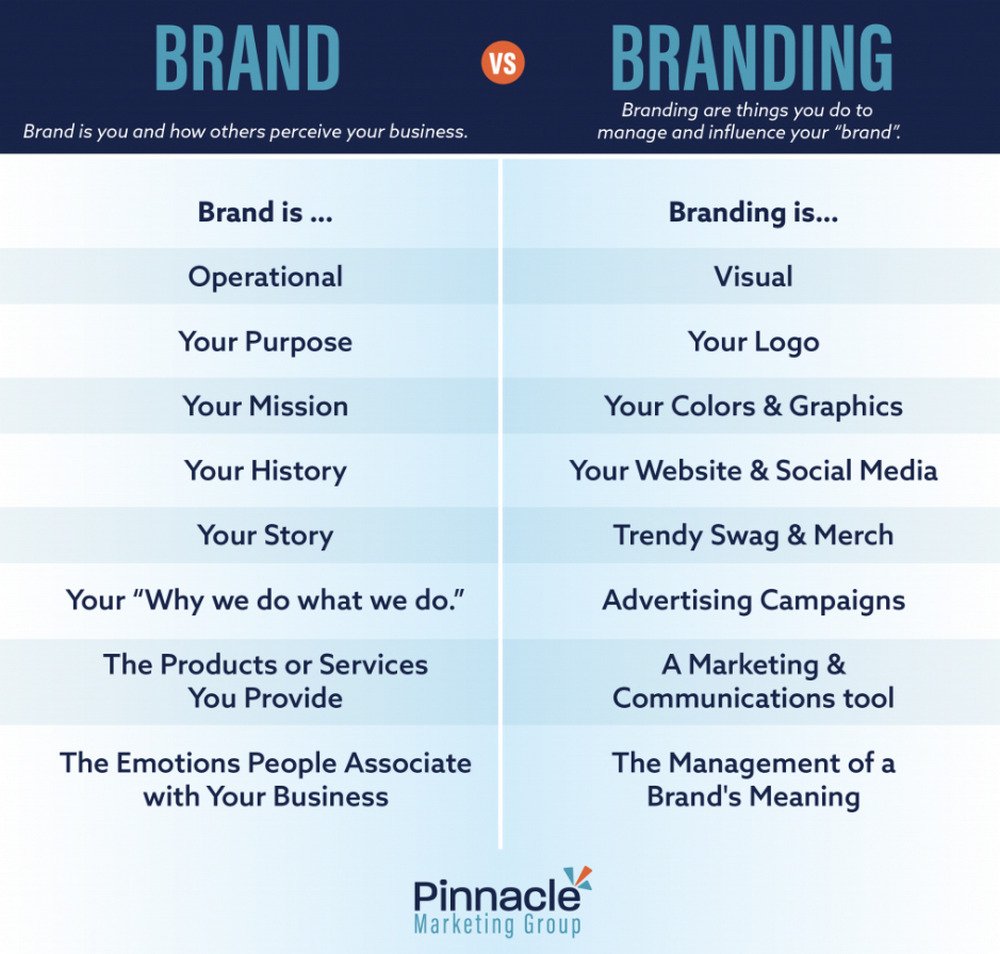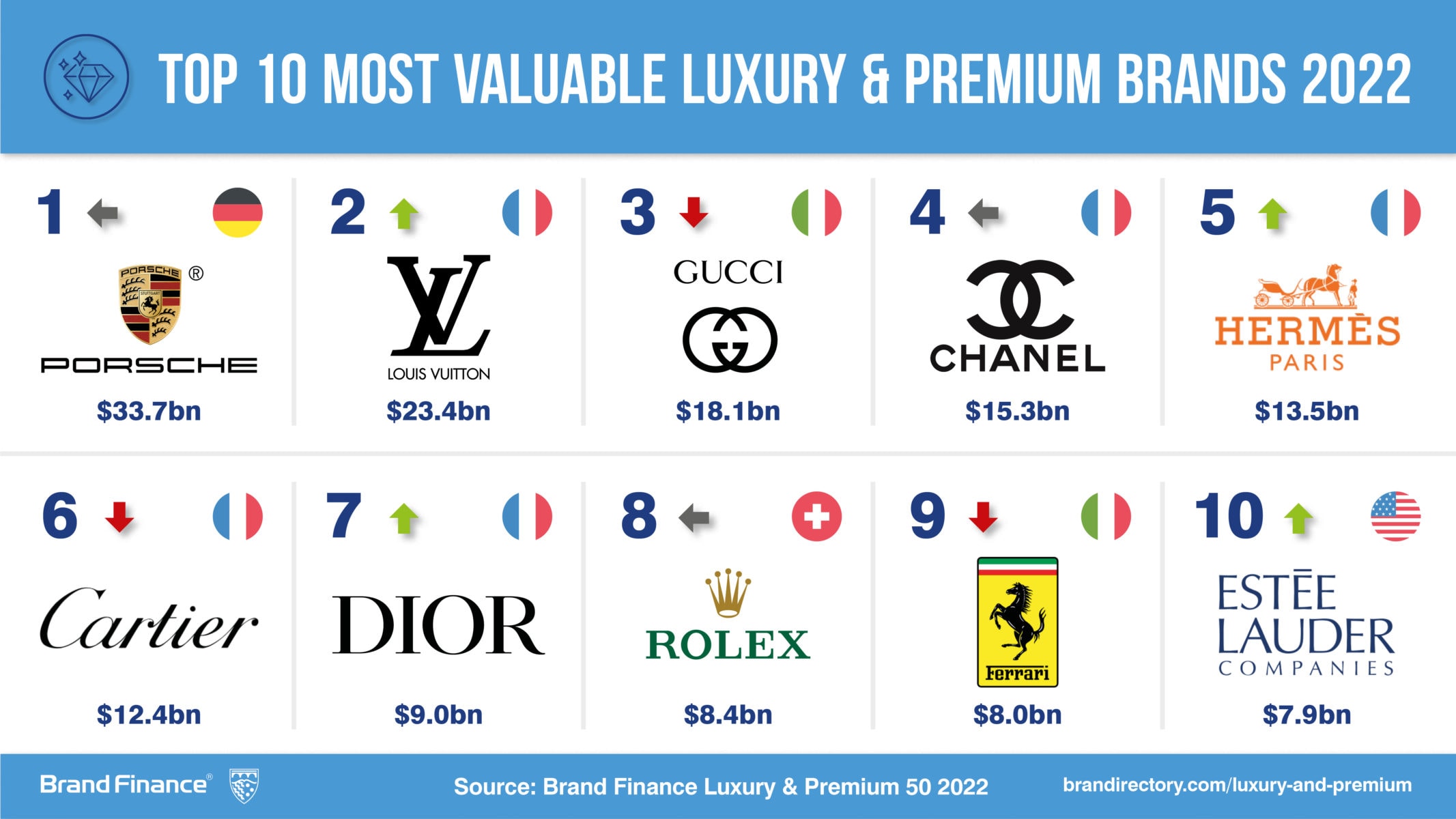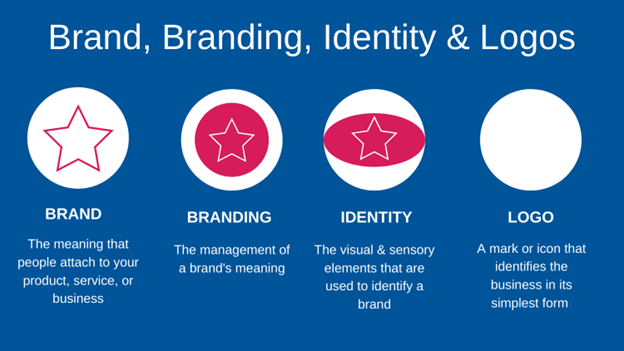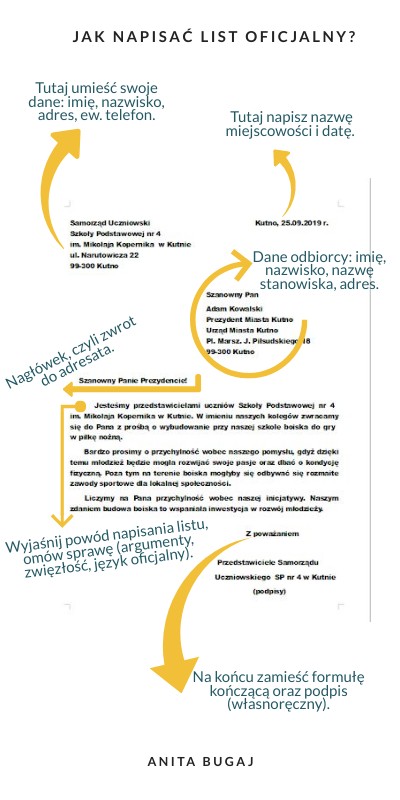Brand New Car Price In Sri Lanka 2019: A Comprehensive Guide
Brand New Car Price In Sri Lanka 2019: A Comprehensive Guide cars.truckstrend.com
The dream of owning a brand new car in Sri Lanka has always been accompanied by a unique set of challenges, primarily driven by the nation’s distinctive economic landscape and robust import tax structure. In 2019, these dynamics were particularly pronounced, making the acquisition of a new vehicle a significant financial undertaking that required careful consideration and thorough understanding. This comprehensive guide delves into the intricacies of brand new car prices in Sri Lanka during 2019, exploring the underlying factors, popular segments, purchasing strategies, and what prospective buyers needed to know to navigate this complex market.
Understanding the Sri Lankan Automotive Market in 2019
Brand New Car Price In Sri Lanka 2019: A Comprehensive Guide
The year 2019 presented a challenging yet resilient automotive market in Sri Lanka. Economically, the country was grappling with various factors, including the aftermath of the devastating Easter Sunday attacks in April, which had a significant impact on consumer confidence and overall economic activity. Currency fluctuations, particularly the depreciation of the Sri Lankan Rupee (LKR) against major international currencies like the Japanese Yen (JPY), US Dollar (USD), and Euro (EUR), directly translated into higher import costs for vehicles.
At the heart of the high car prices was the government’s stringent fiscal policy, heavily reliant on import duties. The Sri Lankan government levies an array of taxes and duties on imported vehicles, designed to generate revenue and manage the country’s trade balance. These taxes include:
- Excise Duty: This is the most significant component, calculated based on engine capacity (CC), fuel type, and vehicle type (e.g., petrol, diesel, hybrid, electric, SUV, sedan). Higher engine capacities attract disproportionately higher duties.
- Value Added Tax (VAT): A standard consumption tax applied to the value of goods and services.
- Nation Building Tax (NBT): Another indirect tax contributing to government revenue.
- Port and Airport Levy (PAL): A charge on imports to fund port and airport development.
- Customs Duty: Though often overshadowed by excise, it’s still a component.
- Motor Vehicle Act Fees: Various registration and licensing fees.

These cumulative taxes often inflated the final price of a vehicle by 150% to 300% or even more, turning an affordable international price tag into a luxury item in Sri Lanka. The market was predominantly served by authorized distributors who handled specific brands, offering warranties and after-sales service, which was a significant draw for buyers.
Factors Influencing Brand New Car Prices in 2019
Beyond the general economic climate, several specific factors directly dictated the price tags of brand new cars in Sri Lanka in 2019:

-
Taxes and Duties (The Dominant Factor): As detailed above, the complex and high tax structure was the primary driver of vehicle prices. A small hatchback could cost several times its original manufacturing price due to these levies. The engine capacity was a critical determinant, with vehicles above 1000cc, especially 1500cc and above, facing exponentially higher duties. Hybrid vehicles enjoyed some tax concessions compared to their conventional counterparts, making them relatively more attractive, though these concessions had been gradually reduced over the preceding years.

Exchange Rate Fluctuations: Since vehicles are imported, their base cost in LKR is directly tied to the prevailing exchange rates. A depreciation of the LKR against currencies like the JPY (for Japanese cars) or USD (for European/American cars) immediately translated into higher import costs for distributors, which were then passed on to consumers.
-
Manufacturer’s Suggested Retail Price (MSRP): This is the base price set by the car manufacturer in the country of origin. While it’s the starting point, its influence on the final Sri Lankan price is heavily diluted by taxes.
-
Freight and Insurance Costs: The cost of shipping the vehicle from its manufacturing plant to Sri Lanka, along with marine insurance, added to the overall import cost.
-
Dealer Margins and Overheads: Authorized distributors incur significant operational costs, including showrooms, staff salaries, marketing, and inventory management. A reasonable profit margin is built into the final price to sustain these operations and provide after-sales support.
-
Demand and Supply Dynamics: While less impactful than taxes, market demand for specific models could influence pricing and availability. Highly sought-after models might command slightly higher prices or longer waiting lists.
-
Vehicle Specifications and Trims: Like any market, higher-end trims with more features (e.g., advanced safety systems, leather interiors, infotainment upgrades) naturally came with a higher price tag.
Popular Car Segments and Their Indicative Price Ranges in 2019
The Sri Lankan market in 2019 saw a clear segmentation of vehicle types, largely dictated by the tax structure and consumer affordability. Here’s a breakdown of popular segments and their approximate price ranges:
-
Small Hatchbacks/Compact Cars (Under 1000cc): This segment represented the entry point for most new car buyers due to their relatively lower duties.
- Examples: Suzuki Alto (800cc), Suzuki WagonR (1000cc), Suzuki Celerio (1000cc), Perodua Axia (1000cc).
- Indicative Price Range: LKR 2.5 million – 4.5 million
-
Compact Sedans/Mid-Range Hatchbacks (1000cc – 1500cc): A very popular segment, balancing size, features, and duty. Many popular hybrid models also fell into this category.
- Examples: Toyota Vitz (1000cc/1300cc), Honda Grace/City (1500cc Hybrid/Petrol), Toyota Premio/Allion (1500cc), Nissan Sylphy (1500cc).
- Indicative Price Range: LKR 5 million – 9 million (Hybrids often at the higher end of this range).
-
Compact SUVs/Crossovers (1200cc – 1800cc): This segment was rapidly gaining popularity due to their higher ground clearance and commanding driving position, despite higher duties. Hybrids were particularly sought after.
- Examples: Honda Vezel (1500cc Hybrid), Toyota C-HR (1200cc Turbo/1800cc Hybrid), Nissan X-Trail (2000cc).
- Indicative Price Range: LKR 8 million – 12 million.
-
Mid-Size Sedans/SUVs (1800cc – 2500cc): These vehicles faced significantly higher duties, pushing them into a more premium bracket.
- Examples: Honda Civic (1500cc Turbo/1800cc), Toyota Camry (2500cc Hybrid), Mitsubishi Outlander (2000cc PHEV/2400cc).
- Indicative Price Range: LKR 10 million – 18 million.
-
Luxury Vehicles (Above 2000cc): This segment, comprising brands like Mercedes-Benz, BMW, Audi, and Lexus, was subject to the highest duties, making them exceedingly expensive.
- Examples: Mercedes-Benz C-Class (1500cc/2000cc), BMW 3 Series (1500cc/2000cc).
- Indicative Price Range: LKR 18 million – 40+ million, depending heavily on model and engine size.
How to Research and Buy a Brand New Car in Sri Lanka (2019 Context)
For prospective buyers in 2019, the process of acquiring a brand new car involved several key steps:
-
Identify Authorized Dealers: The safest and most reliable way to purchase a brand new car was through authorized brand distributors. These dealers offered genuine vehicles, manufacturer warranties, certified after-sales service, and access to genuine spare parts. Examples include Associated Motorways (AMW) for Suzuki/Nissan, Stafford Motors for Honda, Toyota Lanka for Toyota, and Diesel & Motor Engineering (DIMO) for Mercedes-Benz and Tata.
-
Online Research and Price Comparison: While direct online purchase was not common, websites of authorized dealers, automotive portals (e.g., ikman.lk, hitlanka.com’s vehicle sections), and local automotive news sites provided valuable information on available models, specifications, and indicative price lists. However, exact prices often required direct inquiry with dealers.
-
Newspaper Advertisements: Major newspapers still carried extensive advertisements from authorized dealers, especially during promotional periods or new model launches.
-
Vehicle Fairs and Exhibitions: Events like the "Motor Show" or specific brand promotions offered opportunities to view multiple models, compare features, and sometimes avail special offers or financing schemes.
-
Financing Options: Most buyers relied on financing.
- Leasing: Popular due to lower initial down payments and structured monthly installments. Banks and specialized leasing companies offered various plans.
- Bank Loans: Traditional bank loans required a higher down payment but offered full ownership from the start.
Interest rates in 2019 were moderate but still a significant cost factor over the loan tenure.
-
Test Drives and Inspections: Essential to assess the vehicle’s performance, comfort, and suitability for individual needs.
-
Understanding the Sales Agreement: Buyers needed to carefully review the sales agreement, ensuring clarity on the final price (inclusive of all taxes and registration), delivery timelines, warranty terms, and service packages.
Challenges and Considerations for Car Buyers in 2019
Buying a new car in Sri Lanka in 2019 came with its own set of challenges:
- Exorbitant Prices: The primary hurdle was the sheer cost, making car ownership a luxury for many.
- Limited Model Variety (Compared to Other Markets): Due to high duties and import restrictions, not all international models were readily available.
- High Running Costs: Beyond the purchase price, fuel costs, insurance premiums, and maintenance expenses were significant.
- Resale Value: While generally strong for popular Japanese models, understanding future depreciation was important for long-term financial planning.
- Economic Uncertainty: The prevailing economic climate and potential for policy changes added a layer of uncertainty for long-term investments like cars.
Practical Advice and Actionable Insights
For those considering a brand new car in Sri Lanka in 2019, the following advice was crucial:
- Set a Realistic Budget: Don’t just consider the purchase price. Factor in registration, insurance, fuel, maintenance, and potential loan interest.
- Prioritize Needs vs. Wants: Given the high costs, determine essential features and avoid overspending on unnecessary luxuries.
- Thorough Research is Key: Understand the specific tax implications for different engine capacities and fuel types. Compare models across brands for value.
- Explore Financing Options Diligently: Compare interest rates, down payment requirements, and repayment terms from multiple financial institutions.
- Don’t Rush the Decision: A car is a significant investment. Take your time, test drive multiple vehicles, and ask plenty of questions.
- Factor in After-Sales Service: Choose a brand with a reputable authorized dealer network for reliable maintenance and genuine parts.
Indicative Brand New Car Prices in Sri Lanka 2019
Please note: The prices below are indicative and subject to variations based on specific trim levels, optional features, dealer promotions, and the exact exchange rate at the time of purchase in 2019. Prices are in Sri Lankan Rupees (LKR).
| Make | Model | Type | Engine Capacity (cc) | Indicative Price (LKR Million) |
|---|---|---|---|---|
| Suzuki | Alto | Hatchback | 800 | 2.5 – 2.8 |
| Suzuki | WagonR | Hatchback | 1000 | 3.2 – 3.8 |
| Suzuki | Celerio | Hatchback | 1000 | 3.0 – 3.5 |
| Perodua | Axia | Hatchback | 1000 | 2.8 – 3.3 |
| Toyota | Vitz | Hatchback | 1000 – 1300 | 4.5 – 5.5 |
| Honda | Grace | Sedan | 1500 (Hybrid) | 6.5 – 7.5 |
| Honda | City | Sedan | 1500 | 6.0 – 7.0 |
| Toyota | Premio | Sedan | 1500 | 8.0 – 9.0 |
| Toyota | Allion | Sedan | 1500 | 8.0 – 9.0 |
| Honda | Civic | Sedan | 1500 (Turbo) / 1800 | 9.5 – 11.0 |
| Toyota | C-HR | Crossover | 1200 (Turbo) / 1800 (Hybrid) | 8.5 – 10.5 |
| Honda | Vezel | Crossover | 1500 (Hybrid) | 8.0 – 9.5 |
| Mitsubishi | Outlander | SUV | 2000 (PHEV) / 2400 | 12.0 – 16.0 |
| Nissan | X-Trail | SUV | 2000 / 2500 | 10.0 – 13.0 |
| Mercedes-Benz | C-Class | Sedan | 1500 – 2000 | 18.0 – 25.0+ |
| BMW | 3 Series | Sedan | 1500 – 2000 | 19.0 – 26.0+ |
Frequently Asked Questions (FAQ)
Q1: Why were brand new car prices so high in Sri Lanka in 2019?
A1: The primary reason was the extremely high import duties and taxes levied by the Sri Lankan government, which could inflate the final price by 150% to 300% or more, depending on the vehicle’s engine capacity and type. Exchange rate fluctuations also played a role.
Q2: What was the impact of the 2019 Easter attacks on car prices?
A2: The Easter attacks led to a dip in consumer confidence and overall economic activity, which could have slightly dampened demand. While it didn’t directly reduce taxes, the general economic slowdown and currency fluctuations influenced market dynamics and purchasing power.
Q3: Were hybrid cars still popular and relatively affordable in 2019?
A3: Yes, hybrid cars continued to be popular due to their better fuel efficiency and comparatively lower tax rates than equivalent petrol/diesel vehicles. However, the tax concessions on hybrids had been significantly reduced in the years leading up to 2019 compared to earlier periods, making them less ‘affordable’ than they once were, but still an attractive option.
Q4: Is it better to buy a brand new or used car in Sri Lanka in 2019?
A4: This depended heavily on the buyer’s budget and priorities. Brand new cars offered peace of mind with warranties and the latest technology. Used cars, especially locally used or reconditioned imports, were significantly cheaper but came with higher risks regarding condition and warranty. For those with a tighter budget, used cars often provided more value for money.
Q5: What financing options were available for new cars in 2019?
A5: Most buyers utilized leasing facilities or bank loans. Banks and specialized leasing companies offered various schemes with different interest rates, down payment requirements, and repayment tenures.
Q6: How much could one negotiate on the price of a brand new car from an authorized dealer in 2019?
A6: Negotiations on the final price of brand new cars from authorized dealers were generally limited. Prices were largely fixed due to high import costs and taxes. However, dealers might offer small discounts, complimentary accessories (e.g., floor mats, tinting), or special financing rates during promotions.
Concluding Summary
Purchasing a brand new car in Sri Lanka in 2019 was an investment that demanded careful financial planning and a thorough understanding of the unique market conditions. The exorbitant prices were primarily a result of the nation’s heavy import taxation, compounded by economic factors like currency depreciation. While challenges such as high costs and limited negotiation room existed, authorized distributors provided reliability and after-sales support that justified the premium for many buyers. For prospective owners, the key lay in meticulous research, realistic budgeting, and leveraging available financing options to make an informed decision on one of life’s most significant purchases. The dream of a new car in Sri Lanka in 2019 remained attainable, albeit for a substantial price.






